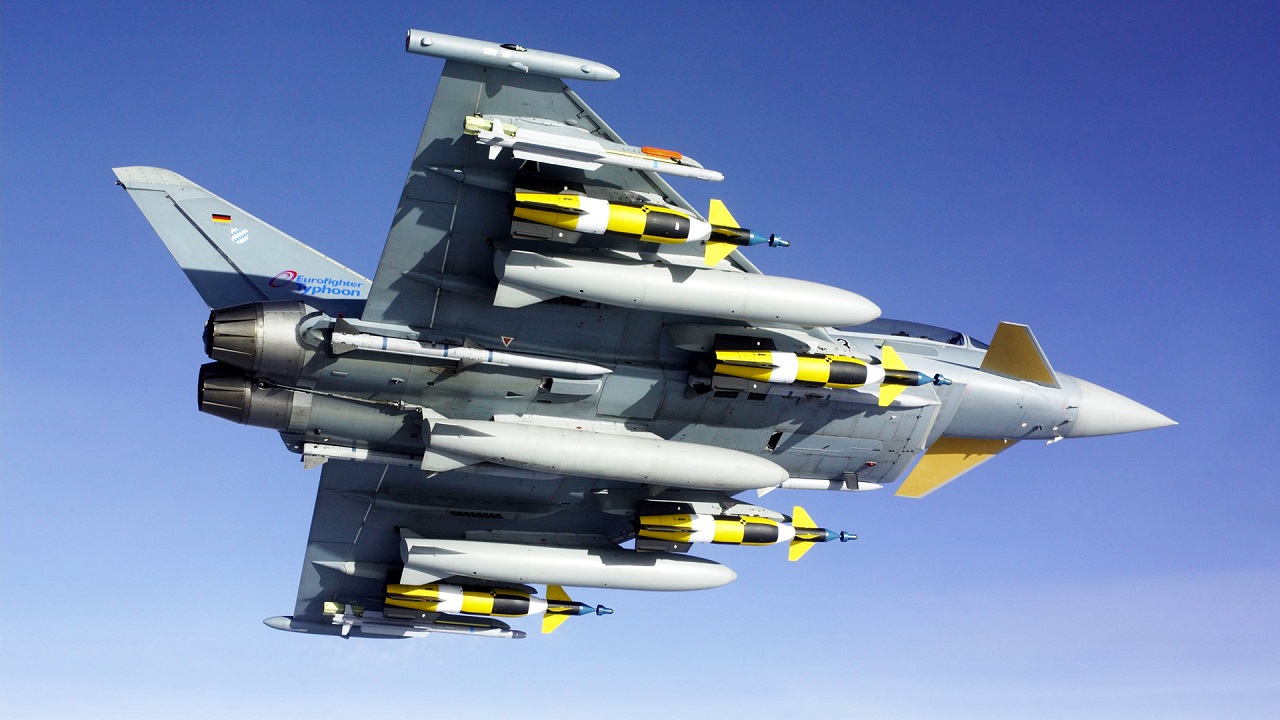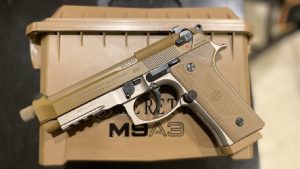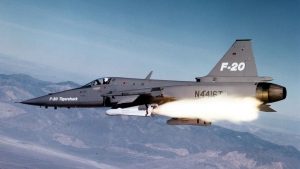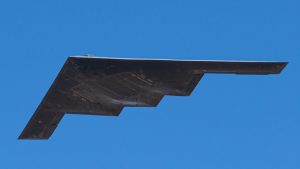Attempts were made to lessen the radar cross-section of the Eurofighter Typhoon; however, the plane is not a stealth fighter (RCS).
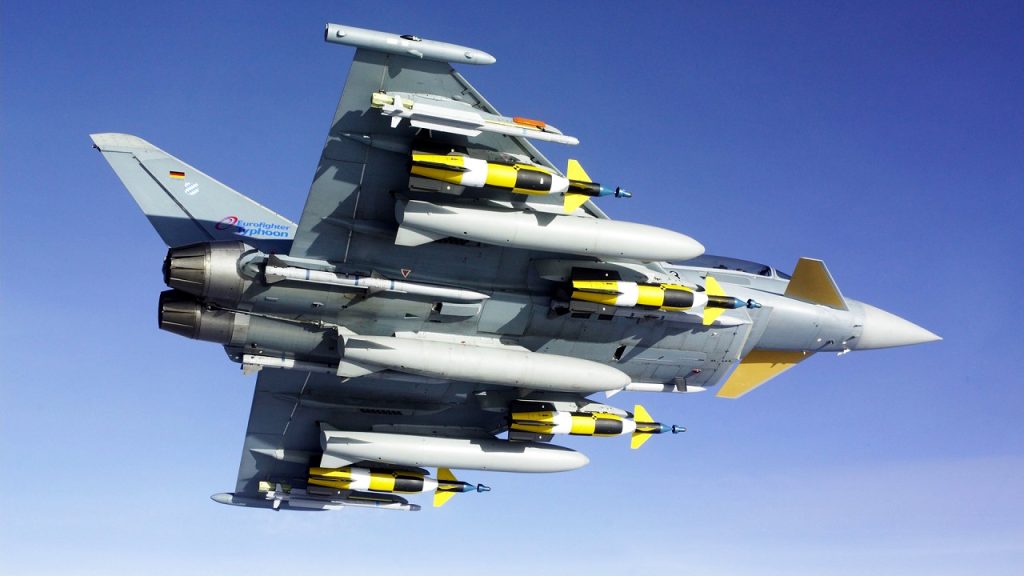
Eurofighter Typhoon. Image Credit: Creative Commons.
An ex-member of the United States Air Force discusses the Eurofighter Typhoon. The Eurofighter Typhoon results from a 1980s-era collaboration between the leading names in European aerospace design to produce an air superiority fighter on par with Soviet aircraft. In 2003, Airbus, BAE Systems, and Leonardo unveiled the Typhoon due to their collaboration under their joint holding company, Eurofighter Jagdflugzeug GmbH.
Future European Fighter Aircraft was the original name for this project, which got rolling in 1983. Early participants in the project included the United Kingdom, Germany, France, Italy, and Spain. Germany, Italy, and the United Kingdom recently produced the Panavia Tornado. They want to create an even more advanced jet by inviting more countries to join the project. However, France left the project early because of disagreements about who would control design and operations. (The Dassault Rafale, on the other hand, would be developed by France.)
Problems arose in the early 1990s with jet production since the Soviet Union, the primary motivation for its creation, had collapsed. The Typhoon project was criticized along with numerous other western weapons development initiatives that still needed to be concluded by the time the Cold War had ended.
What purpose does this serve? Is the price justified? Those governments that were providing funds for the endeavor needed more confidence. Notwithstanding these setbacks, the Typhoon project continued.
Cooperation between European states on a multibillion-dollar weapons program is complex. Decisions that were relatively simple when only one country was involved are now up for discussion and controversy due to opposing egos and interests.
As an illustration, the 1990s saw a rise in disagreements about the aircraft’s radar. The British, Italian, and Spanish governments wanted the Ferranti Defense Systems ECR-90 to be included in the new plane. However, Germany was anxious that the MSD2000, based on the APG-65, be included in the plane’s avionics and brought Defense secretaries into the discussion to help figure out a solution.
The design of the jet was further hindered by political interference. Once the Soviet Union fell apart, East and West Germany could join forces again. However, the high cost of reunification sparked a political climate in which every dollar spent by the government was weighed against its necessity and widely criticized wasteful spending. As a campaign promise in 1991, German Chancellor Helmut Kohl said he would end Germany’s participation in the Eurofighter program if he were elected. German Defense Minister Volker Ruhe similarly attempted to detach Germany from Eurofighter in favor of investing in a less expensive and more lightweight plane. Despite criticism from the highest levels of Germany’s government, the country could not pull out of the Eurofighter program due to the amount of money previously invested, the number of jobs generated, and the previous intergovernmental obligations made. As a result, the Eurofighter took off with its full complement of passengers.
In the mid-1990s, testing of the finalized product got underway. No matter the speed, the Typhoon was quite elegant. For the most part, the agile handling resulted from a stability design that was less stringent than usual. It used a quadruple fly-by-wire control system since a pilot manually controlling the plane would have resulted in its instability. The pilot cannot exceed the safe maneuvering range because of the fly-by-wire system.
Attempts were made to lessen the radar cross-section of the Eurofighter Typhoon; however, the plane is not a stealth fighter (RCS). The Typhoon’s inlets, for instance, prevent the front of the engines from being visible. In addition, the leading edges of the wing, canard, and rudder are swept to lower the RCS of the jet’s flight surfaces. The jet’s RCS is further reduced because some of its weapons are in a recess in the plane. Compared to the entire internal weapons bays of fifth-generation stealth fighters, the partially recessed weapons payload seems like an inadequate compromise.
Two Eurojet EJ200 engines provide thrust for the Typhoon. Each EJ200 has a maximum force of 13,500 lb (dry) and a maximum thrust of 20,230 lb (with afterburners). Moreover, the engines include a “war” mode that allows for a 15 percent increase in dry thrust and a 5 percent increase in afterburner to be used for a short period without causing any damage. The EJ200 is fairly cutting-edge since it incorporates the technological expertise of several different defense companies. The engine has a convergent or divergent exhaust nozzle, digital control, and health monitoring. It also has wide chord aerofoils, single crystal turbine blades, and a digitally controlled and monitored operating system.
Eurofighter Typhoons have been a great asset to the participating nation’s military and have been transferred to other countries in the Middle East, such as Qatar and Saudi Arabia. While European organizations have started working together on a sixth-generation fighter, they will undoubtedly use the Typhoon for many years.


